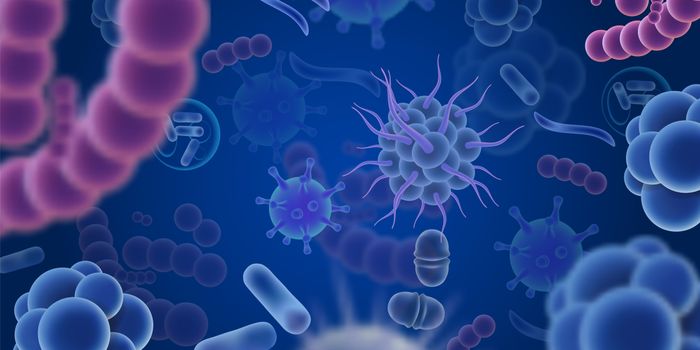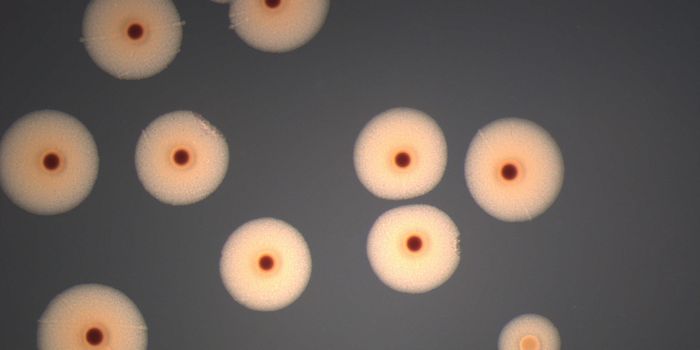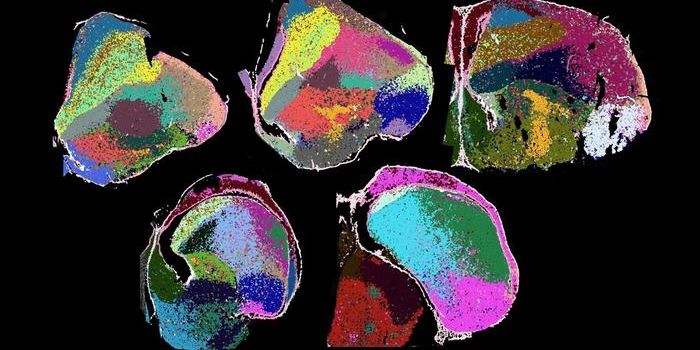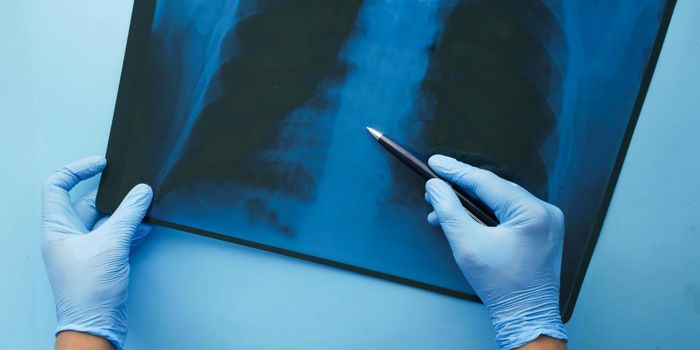Synthetic Stem Cells may Improve Treatments, Reduce Risks
The promise of stem cells has come with many challenges. In an effort to overcome some of those hurdles, investigators working in collaboration at North Carolina State University, the University of North Carolina at Chapel Hill and First Affiliated Hospital of Zhengzhou University have created a synthetic version of cardiac stem cells. Stem cell therapies are meant to work by encouraging the body’s own repair mechanisms. However, they carry risks. These new synthetic cells might lessen those risks, and are easier to preserve. Additionally, this new technology is not just for cardiology, it can be applied to other kinds of stem cells. The work is briefly described in the following video.
Stem cells are fragile, requiring a lot of special care, and present many hurdles to researchers. They are also not ideal for use in patients; they can be rejected just as an organ transplant could be, and they carry with them the possibility of tumor growth. Stem cell therapies can be very effective, however. They secrete paracrine factors, stimulating tissue repair through the cell’s genetic and protein mechanisms.
Ke Cheng, an Associate Professor of Molecular Biomedical Sciences at NC State University, among other appointments, led the team that developed the synthetic cells for ready use. Using poly lactic-co-glycolic acid (PLGA), a biocompatible, safe polymer, they made a cell-mimicking microparticle (CMMP). Next, growth factor proteins taken from human cardiac cells growing in culture were applied to the PLGA. The CMMP was then enveloped with the membrane of cardiac stem cells.
"We took the cargo and the shell of the stem cell and packaged it into a biodegradable particle," Cheng explained.
The CMMP and cardiac stem cell were checked in vitro and found to encourage the growth of cardiac muscle cells. When CMMP was tested in a mouse model of heart attack, the scientists saw that it was able to bind cardiac tissue and promote growth in a manner comparable to the behavior of cardiac stem cells. In an elegant touch, the CMMP is unable to replicate, which should lessen tumor formation risk.
"The synthetic cells operate much the same way a deactivated vaccine works," Cheng said. "Their membranes allow them to bypass the immune response, bind to cardiac tissue, release the growth factors and generate repair, but they cannot amplify by themselves. So you get the benefits of stem cell therapy without risks."
The benefits of these new synthetic stem cells are appreciable. Not only are they more durable than human stem cells, they stand up to harsh freezing and thawing conditions. It’s also not necessary to derive them from cells taken from the patient. This process is useful for any kind of stem cell.
"We are hoping that this may be a first step toward a truly off-the-shelf stem cell product that would enable people to receive beneficial stem cell therapies when they're needed, without costly delays," Cheng concluded.
Researchers at the University of Maryland have used cardiac stem cells on a human patient. The video above describes the efforts.
Sources: AAAS/Eurekalert! via NC State News, Nature Communications








